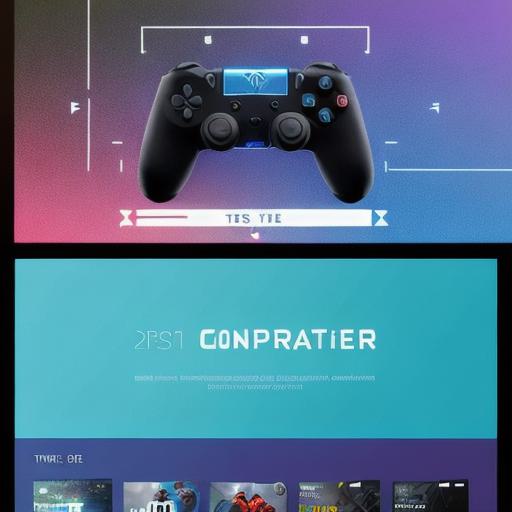Introduction
Hello web developers! If you’ve been looking for a new and exciting challenge, consider dipping your toes into the world of game development. Unity, a powerful and versatile engine, is an excellent choice for beginners. In this comprehensive guide, we’ll explore how to get started with Unity and learn the fundamental concepts and skills required to create captivating games.
Why Choose Unity?
Unity offers several advantages for web developers:
- User-friendly Interface: Unity’s intuitive interface is easy to grasp, even for those new to game development.
- Cross-platform Compatibility: Unity supports creating games for various platforms, including the web, making it an ideal choice for web developers.

- Active Community and Resources: Unity has a massive community of developers, providing ample resources and tutorials to help you learn.
Getting Started with Unity
To begin your game development journey with Unity:
- Download and Install Unity Hub: Unity Hub is the central installation manager for all Unity products. Visit unity.com to download and install it on your system.
- Create a New Project: Once Unity is installed, launch Unity Hub and create a new 3D project. You can choose an empty project or select a template to get started quickly.
Learning the Basics

Familiarize yourself with Unity’s interface:
- Scene View: The main workspace where you create, edit, and design your game levels.
- Game View: Displays how your game looks from a player’s perspective.
- Hierarchy Window: Lists all the objects in your scene, allowing you to manage them easily.
- Inspector Window: Shows detailed information about selected GameObjects and their components.
- Project Window: Manages all assets, scripts, and scenes in your project.
Creating Your First Project
Follow these steps to create a simple project:
- Add Objects: Drag and drop objects like cubes, spheres, or text into your scene.
- Set up Scripts: Write C scripts to add functionality to your GameObjects.
- Define Components: Attach components to GameObjects for additional features, such as Rigidbody for physics or Mesh Filter for rendering 3D models.
- Create a Player Character: Add controllers and animations to create an interactive player character.
- Develop your game’s Logic: Write scripts to control the behavior of various elements in your game, such as enemy movement, collision detection, or scorekeeping.
- Design your game’s User Interface (UI): Create menus, buttons, and HUD elements using Unity’s UI system.
- Test Your Game: Use Unity’s built-in editor to test your game in real-time and make improvements as needed.
Conclusion
Game development with Unity is an exciting venture for web developers. With its user-friendly interface, cross-platform compatibility, and extensive resources, you can create captivating games that engage and entertain users. By following the steps outlined in this guide, you’ll be well on your way to creating your first game using Unity.
